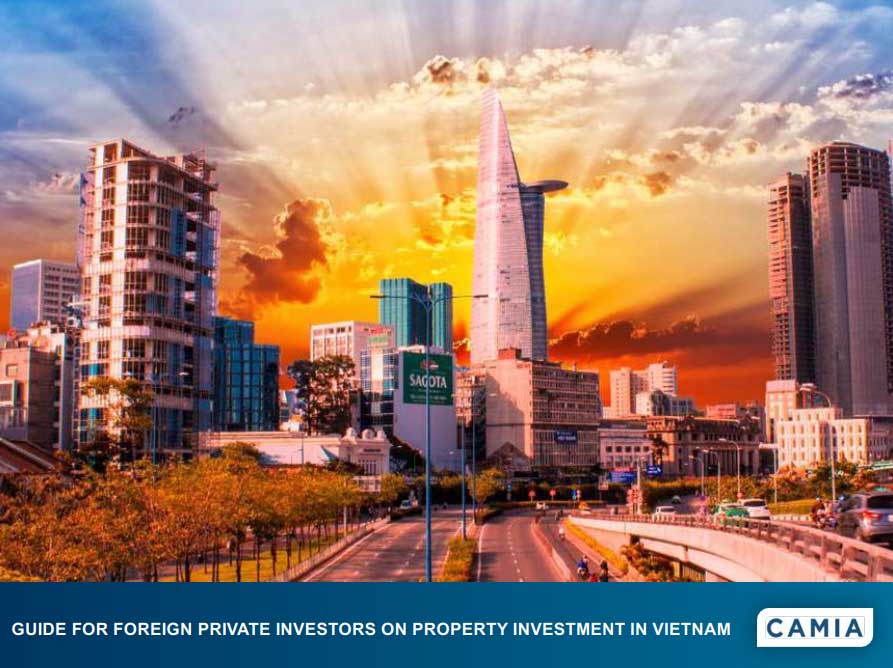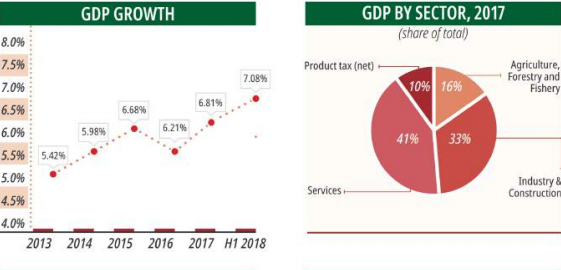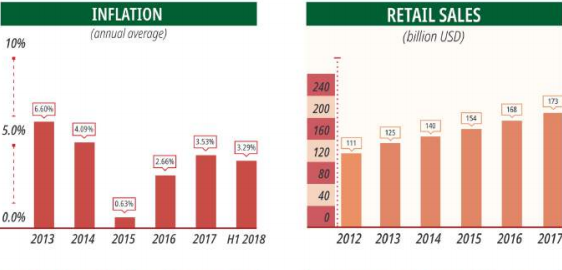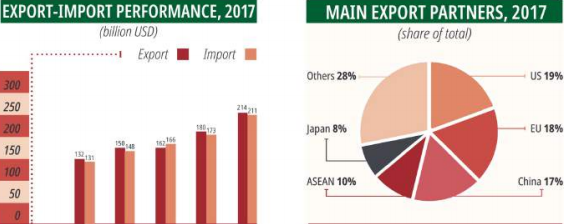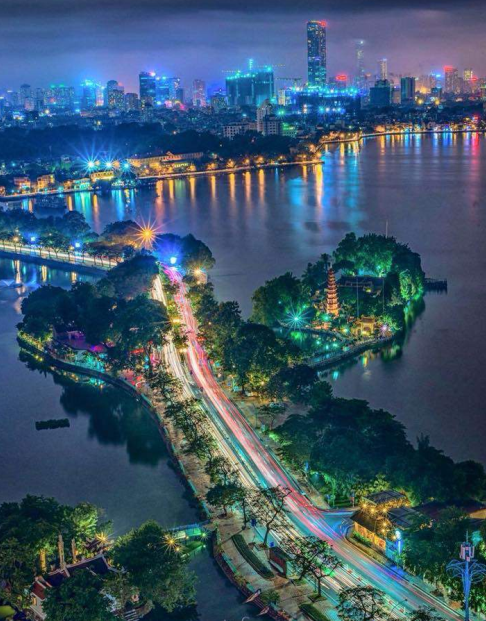
INTRODUCTION
With the amendment to Vietnam’s Housing Law which came into effect in July 2015, the country’s residential property market offers long-term growth potential and immerses opportunities for foreign investors. This guide aims to provide foreign investors with a quick overview of Vietnam’s legal framework as well as some key information on residential property investment in Vietnam.
ABOUT VIETNAM
Vietnam lies in the heart of Southeast Asia and spans across 330,967 km2. It is home to over 90 million people with nearly 50% of the population below age of 30(1). The economic growth in recent years with GDP growth rate averaging 6.81% for year 2017 and 7.08% for H1.2018. The formation of ASEAN Economic Community and the passing of the CPTPP will provide a favorable setting for Vietnam’s economy and increase foreign investments into the country.
INVESTMENT INDUSTRIES
Vietnam has become an attractive investment destination for various sectors, from manufacturing, real estate, energy, retail and construction, to arts, tourism, entertainment, and other services. The investment in real estate sector accounted for 8.37% of total FDI inflows in 2017. Ho Chi Minh City, Hanoi, DaNang, Nha Trang, Phu Quoc stands out as the hub to attract most of the large-scale real estate projects.
Capital appreciation: The property market’s long-term growth is highly potential, driven by the country’s stable political environment, a promising economy, high urbanization rate and young population.
Affordability: High-end residential options with a full suite of complementary facilities, good location, and convenient accessibility are very affordable, compared to its regional peers.
For Rental yields: With the increasing inflow of RENT foreign investment, more expatriates and local professionals are expected to relocate to Vietnam’s major cities, which promises good rental yields for homeowners.
Tourism paradise: A popular tourist destination with major ASEAN cities located within a 2-hour flight, Vietnam is an ideal place for vacationers and retirees.
VIETNAM’S LARGEST CITY & ONE OF ASIA’S FASTEST-GROWING
Located in the South of Vietnam, Ho Chi Minh City (HCMC), formerly named Saigon, is one of the largest and most important cities in Vietnam. This city is not only a Centre of commerce and finance but also Vietnam’s hub for science, culture, education and technology. With a young and dynamic population of over 8 million people and a growing middle class, HCMC has enormous market potential. The city boasts the best infrastructure in the nation including modern transportation and telecommunication systems to create the modern well-planned city that can become the most desirable and international Business Centre in Southeast Asia.
Buying property in Ho Chi Minh City, Vietnam’s fastest growing city, has been a trend among local and foreign investors. Prime spots in Saigon such as the busy urban districts have been the focus of residential and commercial developments in the past few years. What makes a property investment in Ho Chi Minh City attractive is that foreign investors can still find good locations to invest in that are affordable and will appreciate in value in the next several years.
Major investments and infrastructure developments in Saigon will further the investment frenzy, that is why it’s the right time to invest in property while there are still a lot of premium and quality deals.
HANOI IS THE POLITICAL AND CULTURAL CENTER OF VIETNAM
Hanoi’s lucrative property market attracts foreigners. The Vietnamese capital Hanoi has emerged as a favored destination for foreign investors looking to the property market, as prices remain among the best value in Indochina, even as a gradual recovery has been underway since a disastrous slump rocked the housing market in 2007.
Hanoi is the political and cultural center of Vietnam, the city has seen rapid growth in the past years, and it’s projected to grow even more the coming decades.
Hanoi expects to attract more foreign buyers on its real estate market as a rising number of foreign experts and entrepreneurs are working in the capital city.
Statistics show that more than 82,000 foreigners live and work in Vietnam, and a large number of them are in Hanoi from South Korea, China, Singapore, Russia and the US, reported the Vietnam News Agency.
With a quickly growing population and increasingly bigger middle class, the locals help to drive up the demand as well. A long-term investment in Hanoi will reap the yields.
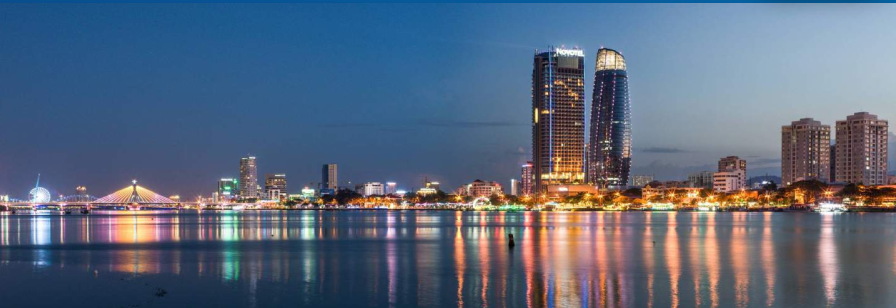
DA NANG, CENTRAL VIETNAM’S BIGGEST CITY
- Lies on the coast of the Eastern Sea. It is considered by many, expats and locals alike, to be the most livable city in Vietnam. It’s a growing, bustling city with a lot going on. While Saigon, Hanoi is the biggest city in Vietnam, attracting a lot of expats and offering a bustling nightlife, Da Nang is the third biggest city and nicely located in the central coastal areas. In Da Nang, on the contrary, you have no restrictions to buy a luxury condo or beach house, with a beautiful ocean view.
- Despite the fact that it’s one of the most visited holiday resorts in Vietnam, with direct flights from Bangkok, Singapore and Hong Kong, it’s also attracting entrepreneurs and expats. The city is, in fact, one of the most developed in Vietnam. It’s well known for having the best roads in Vietnam and traffic is not congested. Western retirees, or Asians who appreciate playing golf and visit casinos a couple of weeks each year, have no issues to find high-end properties here.
- Another benefit of buying a property in Da Nang is its location. Situated in the middle parts of Vietnam, you’ll reduce the flight time with an hour or so if you fly from any of the above-mentioned countries.


